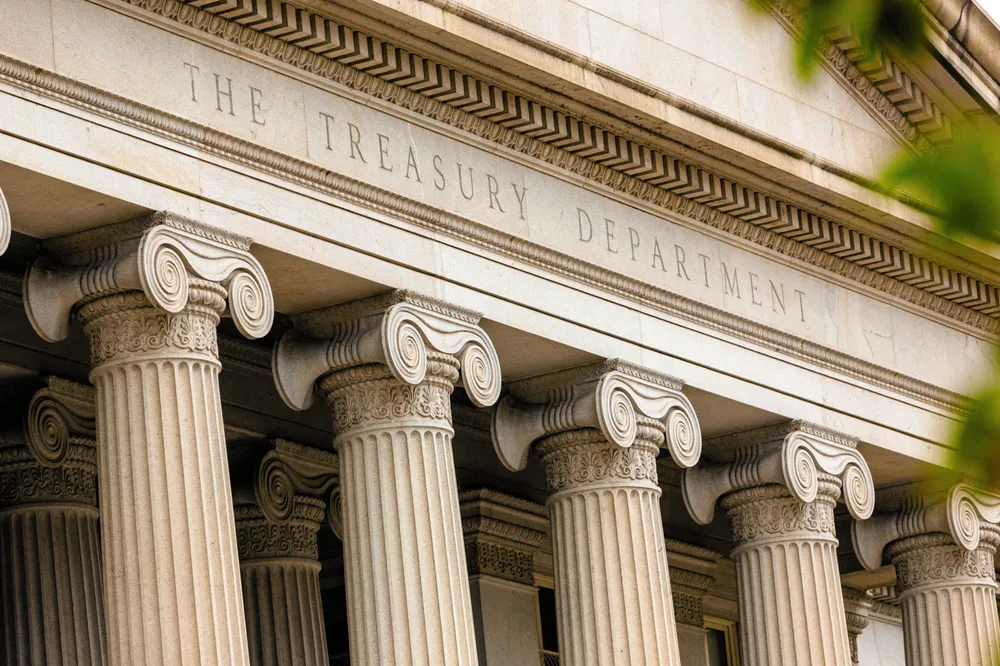Too strict or not enough? | Draft guidance for US clean hydrogen production tax credit draws tens of thousands of comments
While industry voices criticise cost impact, others argue that guardrails will be necessary to prevent extra emissions from power supply
